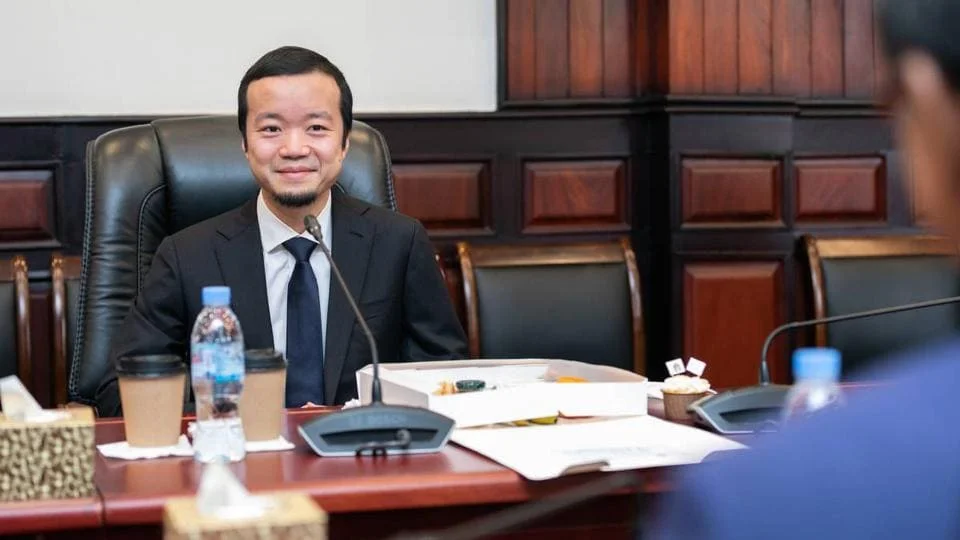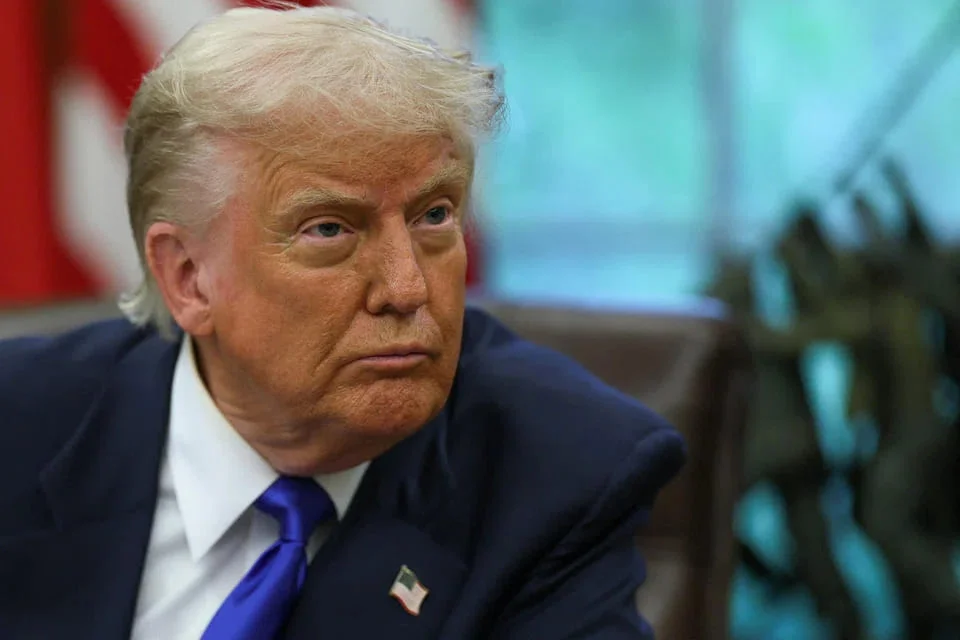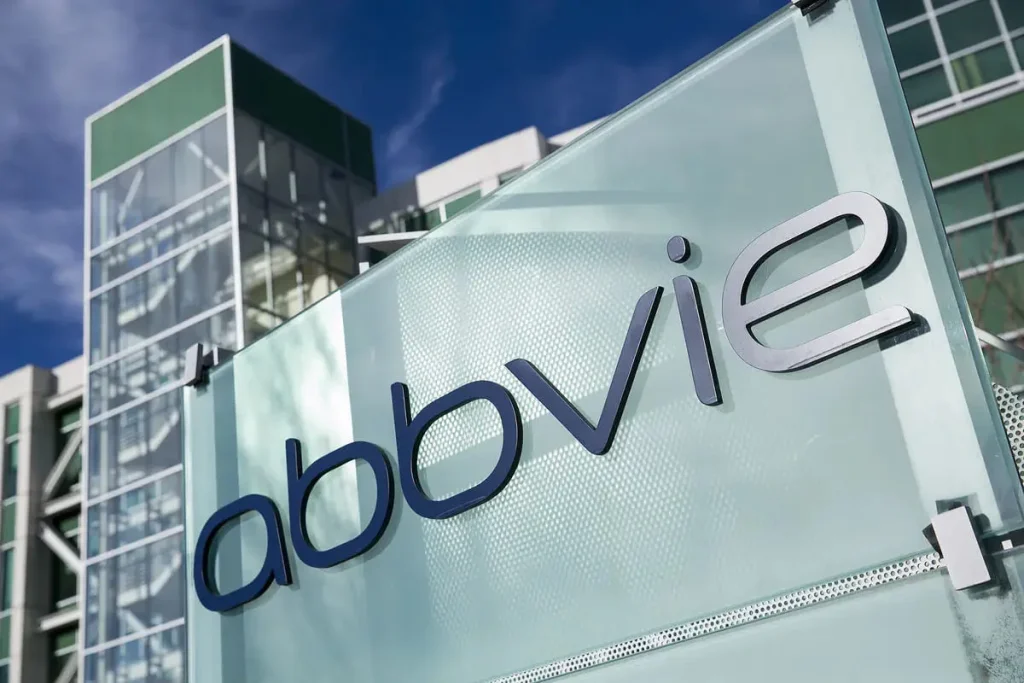In August 2020, African countries geared up for the continent’s largest-ever immunization campaign against COVID-19, supported by WHO, UNICEF, and Gavi’s COVAX Facility, which aimed to deliver 20% of doses for priority populations, per WHO.
The 10-point assessment tool guided preparations, covering planning, funding, regulation, and logistics to ensure equitable vaccine distribution across 54 nations, per African Union.
Planning and Coordination
WHO urged countries to establish National Immunization Technical Advisory Groups (NITAGs) to provide scientific guidance and develop national vaccination plans, per WHO. These plans prioritized frontline health workers, older adults, and those with comorbidities, based on epidemiological data, per SAGE. Coordination structures set timelines and identified priority groups, as initial doses covered only 3–10% of populations, per Gavi.
Funding and Resource Gaps
COVAX pledged free vaccines for 20% of Africa’s 1.3 billion people, but deployment costs—transport, cold chain, and training—required additional funding, estimated at $5.7 billion continent-wide, per UNICEF. Countries like Nigeria, with 200 million people, faced high costs due to vast geography, per World Bank. Only 15% of African nations had secured bilateral funding by August 2020, risking delays, per AU.
Regulatory and Logistical Hurdles
National regulatory authorities needed to fast-track emergency use authorizations and import waivers to prevent delays at ports, per WHO. By August 2020, only 10 African countries had robust regulatory frameworks, per AVAREF. Vaccines like Pfizer-BioNTech required ultra-cold chains (-70°C), challenging 80% of African health facilities lacking such infrastructure, per UNICEF.
Prioritization and Delivery Strategies
Countries followed SAGE’s prioritization, targeting 1.2 million health workers and 20% of vulnerable populations first, per WHO. Delivery strategies included health facilities, outreach sites, and house-to-house visits, adapted to avoid COVID-19 transmission through PPE and crowd control, per Gavi. Nigeria planned 40,000 vaccination sites, but rural access remained limited, per NCDC.
Training and Monitoring Needs
WHO developed virtual training modules for health workers, covering vaccine handling, adverse event monitoring, and waste management, per WHO. By August 2020, 25 countries trained 50,000 vaccinators, but 60% of Africa’s health workforce needed upskilling, per AU. Monitoring tools like health cards and digital registers tracked uptake, with Ethiopia piloting real-time data systems, per UNICEF.
Critical Analysis
Africa’s rollout faced systemic challenges: only 2% of global vaccine production occurred locally, per AfDB, forcing reliance on COVAX. Misinformation, with 30% of Africans hesitant due to myths about infertility, per Afrobarometer, threatened uptake. Weak cold chains and underfunded health systems (Africa spent $16 per capita on health vs. $1,000 globally, per WHO) risked wastage. COVAX’s ambitious goals contrasted with slow delivery, as only 7 million doses reached Africa by December 2020, per Gavi.
Path Forward
To succeed, African nations must strengthen cold chains, with 70% of facilities needing upgrades, per UNICEF. Community engagement, leveraging trusted leaders, can counter misinformation, as seen in Rwanda’s 2021 campaigns, per WHO. Scaling up genomic surveillance and regulatory capacity, per AVAREF, will enhance preparedness. International donors must bridge the $4 billion funding gap to ensure equitable access, per AU, preventing delays in vaccinating Africa’s vulnerable populations.






